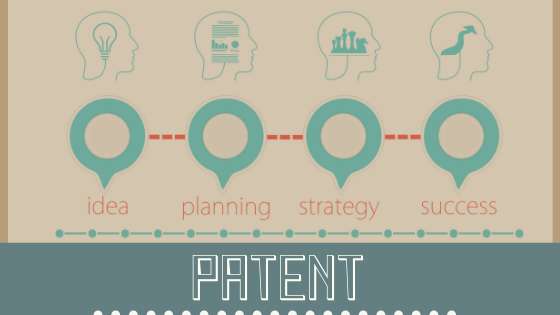
One of the most important things for inventors to understand about their prototypes is the overall cost of that prototype. Inventors and the investors in those prototypes must understand how much it costs to create one single prototype or product.
From that point, investors and inventors can figure out whether or not their current prototype design is feasible. There is a variety of aspects that can affect the overall cost of the project. Project costing works to understand all of these costs, bringing them together in one report to show the overall cost of the product.
Material Cost
The cost of the materials used to create prototypes is one of three main costs for inventors and investors to consider as discussed on https://www.techtimes.com/articles/249715/20200518/how-inventhelp-gets-new-inventors-onto-the-right-path.htm. Different materials, such as ceramic, metal and plastic, will all have different costs based on the type, amount and producer. Inventors should look to get the materials they need at the lowest price possible, as this will lower the overall cost of the prototype and, eventually, lower the cost that consumers must pay for the finished product.

Transport Cost
Inventors must also consider the cost of transportation as they work on project costing. It costs money to move materials from the producer to the manufacturer. It also costs money to transport finished prototypes from the manufacturer to the warehouse or office.
Labor Cost
The largest of the three costs generally comes in the form of labor expense. The more time-intensive and process-intensive a product is, the more expensive it will be. Inventors need to consider how much labor it will take to produce a prototype. All of this adds up to the overall cost of each individual prototype created as explained on https://www.valuewalk.com/2020/05/medical-invention-covid-19/. Inventors and investors need to look at these costs through project costing to understand a few things about their product. It can help them understand what their cost will be, if they are being as cost-efficient as possible, and if manufacture of the good is feasible.


